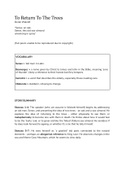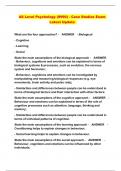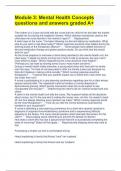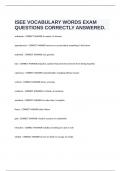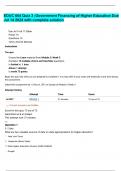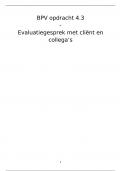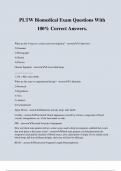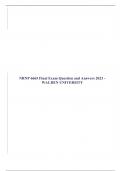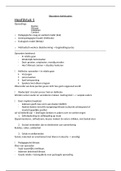Samenvatting
Summary Poem Analysis of 'To Return To The Trees' by Derek Walcott
- Vak
- Instelling
Here’s a detailed analysis of Derek Walcott’s poem ‘To Return To The Trees’; it’s tailored towards students taking the CIE / Cambridge A-Level syllabus but will be useful for anyone who’s working on understanding the poem at any level. Great for revision, missed lessons, boosting ana...
[Meer zien]
